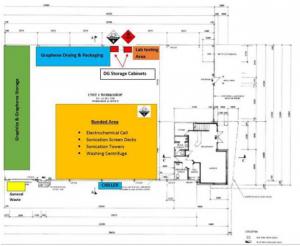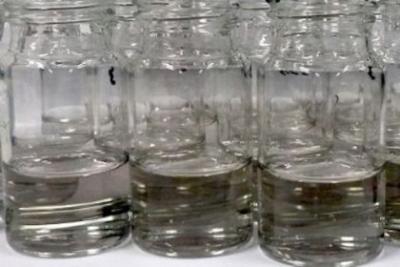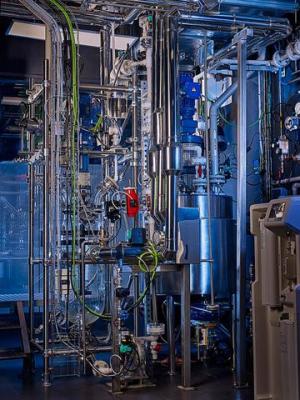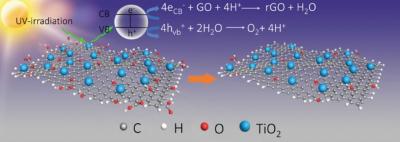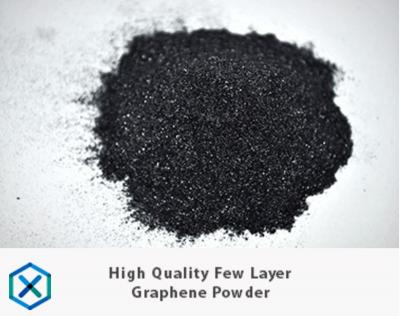Haydale reports inline preliminary results for FY2017
 Haydale recently shared updates on the passing financial year and on the prospects for the Group. The total income for the financial year ended 30 June 2017 is reportedly expected to be in line with current market expectations, which represents a doubling when compared with the prior financial year.
Haydale recently shared updates on the passing financial year and on the prospects for the Group. The total income for the financial year ended 30 June 2017 is reportedly expected to be in line with current market expectations, which represents a doubling when compared with the prior financial year.
According to Haydale, the cash balance at 30 June 2017 stood at approximately £2.0 million (31 December 2016: £1.1 million). At the year's end, the Group's order book, being product sales orders and consulting contracts to be fulfilled over the next 3.5 years, stood at approximately £5.4 million, which is at record levels for Haydale and provides good visibility on the Group's future income.
